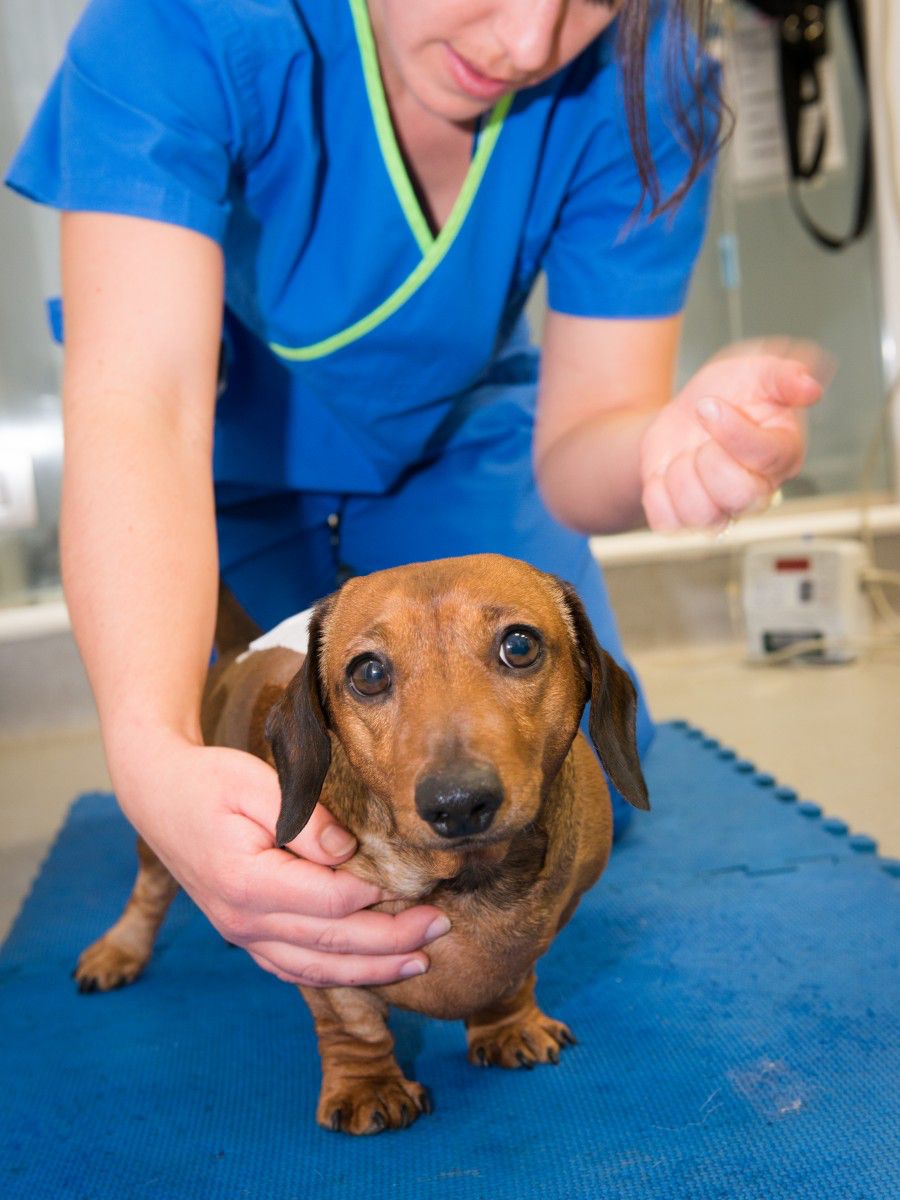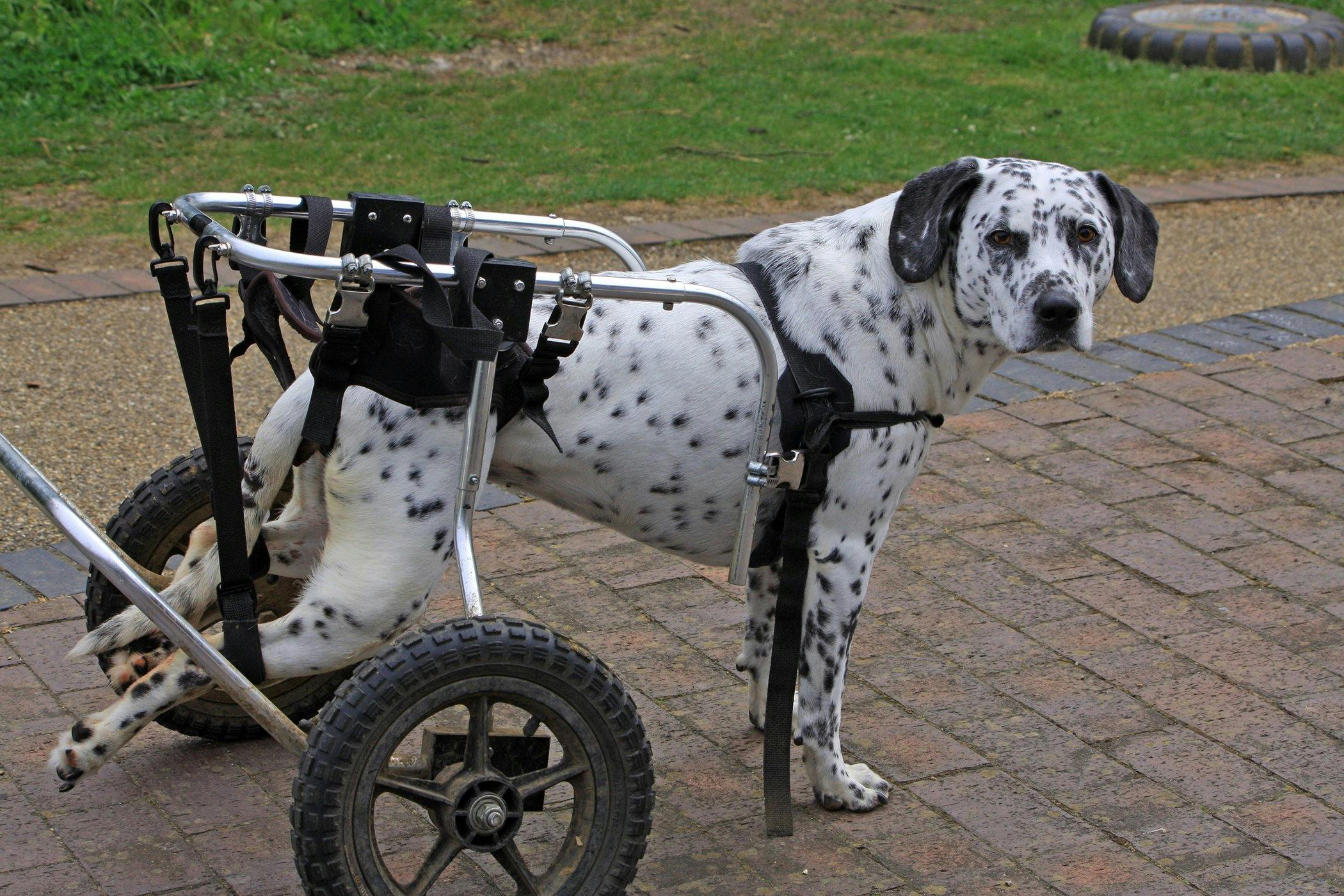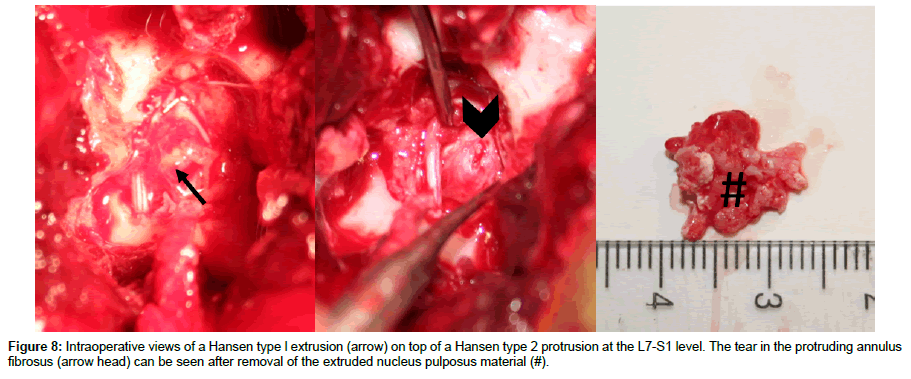Ventral Slot Surgery Dog Complications
Although a ventral slot procedure can be considered a standard surgical technique, potential complications include intraoperative haemorrhage of the internal vertebral venous plexus, vertebral subluxation, a collapsed ventral slot, respiratory compromise and infection. 24 One dog included in this study experienced a postoperative complication, consisting of a collapsed ventral slot.



- For example, a procedure called a dorsal hemilaminectomy is used to gain access to most of the spinal canal, remove prolapsed disc material and relieve compression on the spinal cord whereas a so-called “ventral slot” version of the same is the approach taken when prolapsed disc material affects the spinal cord underlying the neck vertebrae.
- The most common surgical procedures used for IVDD are a ventral slot for disc herniation in the neck or hemilaminectomy for a ruptured disk in the back (thoracolumbar) spine. Under direction of an experienced veterinary surgeon, the patient is placed under general anesthesia for diagnostic imaging (CT scan).
- For the majority of disc herniations in the neck, the disc material is removed by drilling a hole from underneath the disc (called a ventral slot). Surgery is successful in the majority of dogs with acute disc herniations (success rate of approximately 90 percent in dogs who still feel their toes).
Acta Vet. Brno 2008, 77: 269-276
Ventral Slot Surgery Dog Complications Icd 10 Code
Complications Related to Surgical Treatment of Intervertebral Disc Disease in Dogs
After intervertebral disk surgery we often have to deal with various complications (seizures, gastrointestinal tract (GIT) ulcerations, cystitis, and surgical wound healing problems). These complications may lead to the death of the patient. We performed clinical and laboratory investigations in 161 dogs with an intervertebral disc disease. After that, we performed a cranial (n = 31), caudal (n = 125) or both (n = 5) types of myelography at the same time, and surgery - ventral slot decompression (SLOT) (n = 18) or hemilaminectomy (n = 143). During the postsurgical period we observed seizures, GIT complications, cystitis, and surgical wound healing problems or even death of the patients. These complications appeared to be related to the lesion site, the degree of clinical signs and the type of surgical procedure. In our study we found a higher incidence of seizures after cranial myelography, higher incidence of gastrointestinal (GI) complications particularly in paraplegic dogs, and a higher risk of death in patients after the SLOT surgery. The occurrence of cystitis was not significant (p = 0.5524, p = 0.1655, respectively). We consider seizures, GI ulcerations, and death the most frequent complications after intervertebral disc surgery. Their incidence depends on the lesion site and the degree of neurologic symptoms.
Keywords
Ventral Slot Surgery Dog Complications Icd 10

Ventral Slot Surgery Dog Complications Recovery
Hemilaminectomy, seizures, gastrointestinal ulceration.